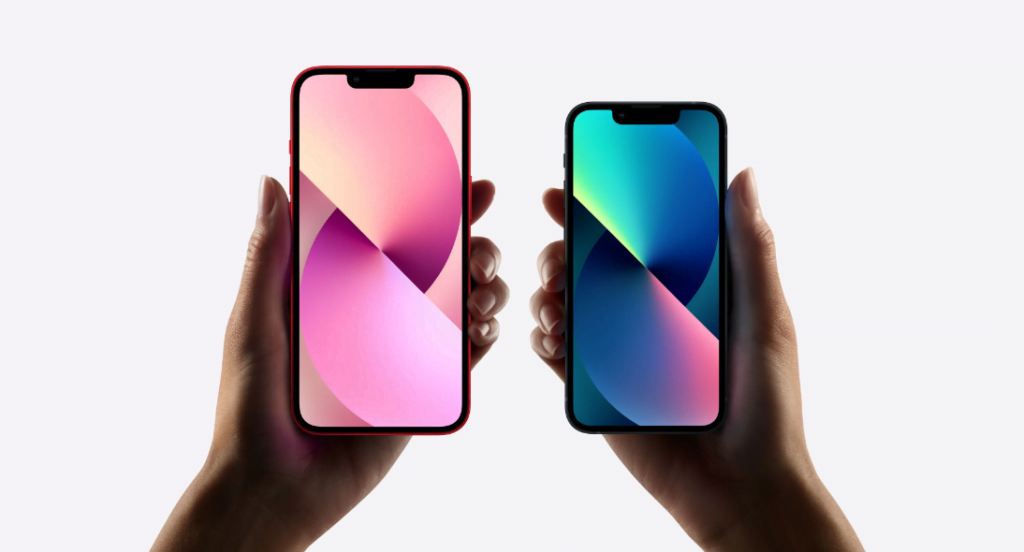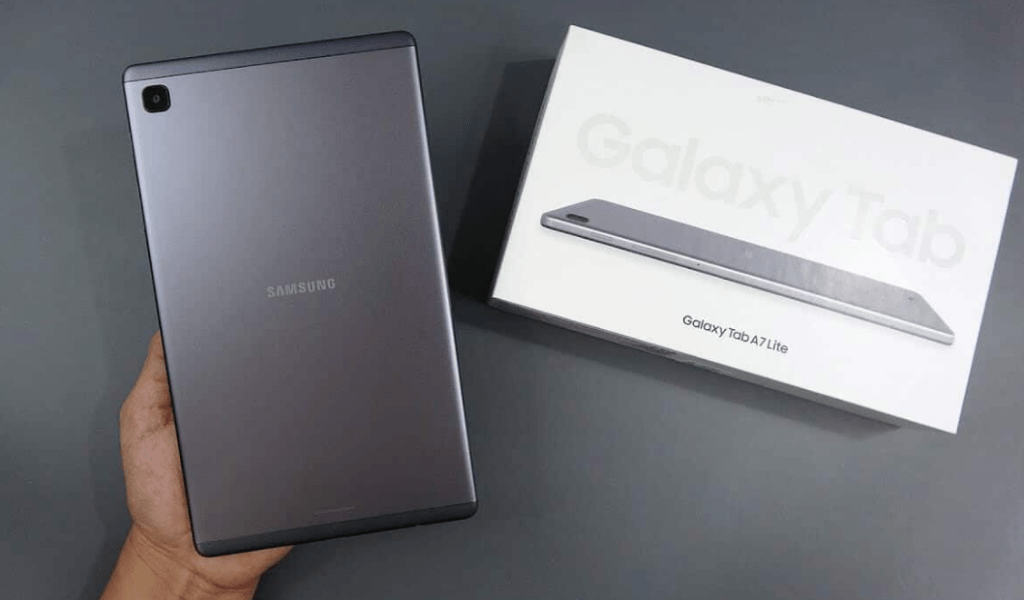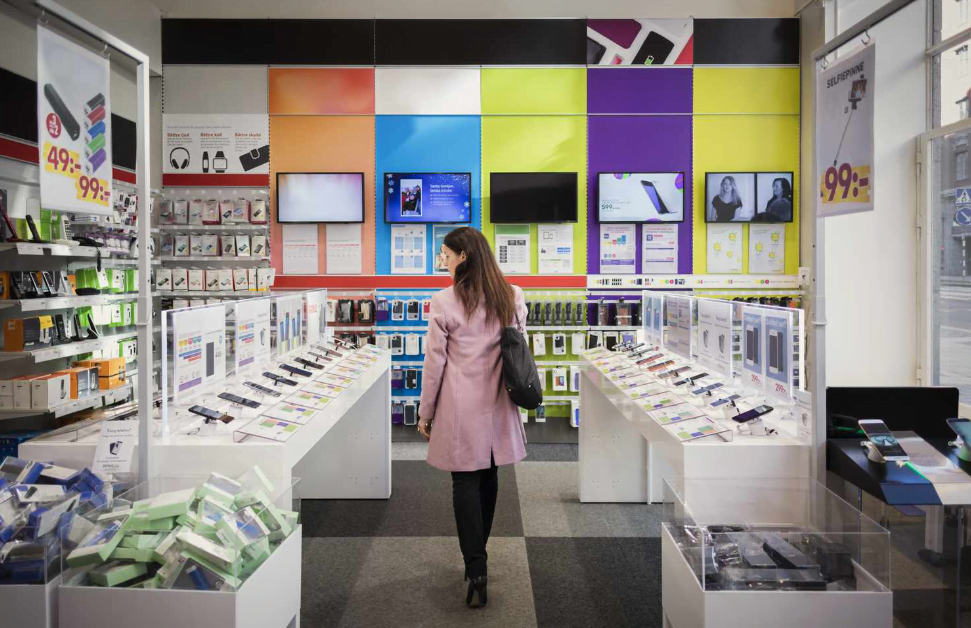Free Tablet And Phone With EBT, In today’s digitally interconnected world, access to technology has become an essential aspect of daily life. From communication to education, technology plays a pivotal role in enabling individuals to stay connected and informed. As government programs evolve to address the needs of low-income families, there has been growing interest in initiatives that provide free tablets and phones to those who receive benefits through the Electronic Benefit Transfer (EBT) program. While such programs remain localized and subject to eligibility criteria, they offer a potential avenue for bridging the digital divide and ensuring that all members of society can fully participate in the digital age.
Table of Contents
- 1 Free Tablet And Phone With EBT
- 2 The Potential Impact of Free Tablets and Phones with EBT
- 3 What is EBT?
- 4 What are the requirements to get a free tablet and phone with EBT?
- 5 What are the types of tablets and phones that can be obtained for free with EBT?
- 6 How can I get a free tablet and phone with EBT?
- 7 What are the benefits of getting a free tablet and phone with EBT?
- 8 What are the drawbacks of getting a free tablet and phone with EBT?
Free Tablet And Phone With EBT
There is no federal program that provides free tablets to EBT (Electronic Benefits Transfer) cardholders. However, there are a few programs that may offer free or discounted tablets to low-income individuals, including:
- Lifeline Assistance Program: This program provides free or discounted cell phones and tablets to low-income households. To be eligible, your household income must be at or below 135% of the federal poverty level. You can apply for Lifeline through your state’s public utility commission or through a participating wireless carrier.
- Affordable Connectivity Program (ACP): This program provides a $30 monthly discount on internet service to low-income households. Some ACP providers also offer free tablets to eligible households. To be eligible, your household income must be at or below 200% of the federal poverty level. You can apply for ACP through your state’s Universal Service Administrative Company (USAC).
- National WIC Association’s Tablet Access for Success (TAS) program: This program provides free tablets to low-income families who participate in the Special Supplemental Nutrition Program for Women, Infants, and Children (WIC). To be eligible, you must be a participant in the WIC program, have an income below 185% of the federal poverty level, and have a child under the age of 5. You can apply for TAS through the National WIC Association.
In addition to these programs, some states and localities may also offer free or discounted tablets to low-income individuals. You can contact your local government to inquire about any available programs.
Please note that even if you are eligible for a free or discounted tablet, you may still have to pay a one-time activation fee or other charges. You should also be aware that the tablets provided through these programs are typically basic models and may not have all of the features of a more expensive tablet.
The Potential Impact of Free Tablets and Phones with EBT
The idea behind providing free tablets and phones to EBT recipients is rooted in the recognition that technology is no longer a luxury but a necessity. Access to the internet and digital tools has become essential for tasks ranging from applying for jobs and accessing educational resources to staying connected with family and friends. For individuals and families who rely on government assistance programs, the cost of technology can be a significant barrier. Initiatives that provide free tablets and phones aim to remove this barrier and empower marginalized communities to reap the benefits of digital inclusion.
These programs have the potential to bridge gaps in education and employment. Children from low-income families often lack access to online educational resources, putting them at a disadvantage in today’s tech-driven learning environment. By providing free tablets, these children can have equal access to educational materials, helping level the playing field. Similarly, adults seeking employment can benefit from having a device to search for job opportunities, submit applications, and connect with potential employers.
What is EBT?
EBT stands for Electronic Benefit Transfer. It is a system used in the United States and some other countries to distribute government benefits, such as food assistance (Supplemental Nutrition Assistance Program or SNAP benefits), cash assistance, and other welfare programs. Instead of providing physical paper vouchers or checks, EBT allows recipients to access their benefits electronically using a special debit card.
With EBT, eligible individuals or families receive a card that functions like a regular debit card, allowing them to make purchases at authorized retailers that accept EBT payments. The card is loaded with the appropriate benefit amount, and recipients can use it to buy approved items, such as groceries and essential household items.
EBT cards have improved convenience and security for beneficiaries, as they eliminate the need for paper vouchers or checks and reduce the stigma associated with receiving government assistance. Additionally, the system provides better tracking and monitoring of benefit usage, helping to prevent misuse or fraud.
It’s important to note that the specifics of EBT programs may vary from state to state within the U.S., and different countries might have their own variations of electronic benefit transfer systems.
What are the requirements to get a free tablet and phone with EBT?

As of my last knowledge update in September 2021, there is no nationwide program that provides free tablets and phones specifically through the Electronic Benefit Transfer (EBT) program in the United States. EBT is primarily used for distributing food assistance (SNAP benefits) and other government benefits, but it doesn’t typically include provisions for free electronics like tablets and phones.
However, some states or organizations might run limited-time programs or initiatives that provide free or discounted technology devices to low-income individuals or families, and these programs could be associated with EBT in some way. Eligibility criteria for such programs can vary widely, and they might not be directly tied to the EBT program itself.
It’s important to stay updated on official government websites, local community organizations, or news sources to learn about any specific programs that might provide free tablets and phones to individuals who are receiving government assistance.
Keep in mind that circumstances can change, and there might have been developments since my last update. To get the most accurate and current information, I recommend checking with your local social services agency, government websites, or nonprofit organizations that work with low-income communities.
The requirements to get a free tablet and phone with EBT vary depending on the program and the state. However, some common requirements include:
- Be enrolled in the Supplemental Nutrition Assistance Program (SNAP) or the Special Supplemental Nutrition Program for Women, Infants, and Children (WIC).
- Have an income below a certain level, which is typically 185% of the federal poverty level.
- Be a U.S. citizen or permanent resident.
- Provide proof of eligibility, such as a SNAP or WIC card, income documentation, and proof of citizenship.
In addition to these general requirements, some programs may have additional requirements, such as being a resident of a specific state or having a child under the age of 5.
Here are some of the programs that offer free tablets and phones to EBT recipients:
- National WIC Association’s Tablet Access for Success (TAS) program: This program provides free tablets to low-income families who participate in the WIC program. To qualify, you must have an income below 185% of the federal poverty level and have a child under the age of 5.
- Lifeline: This program provides free government-subsidized phones and tablets to low-income households. To qualify, you must meet certain income requirements and be a resident of a participating state.
- Link-Up: This program is similar to Lifeline, but it is specifically for low-income families with children. To qualify, you must meet certain income requirements and have at least one child under the age of 18.
If you are interested in getting a free tablet or phone with EBT, you can contact your local SNAP or WIC office or the Lifeline or Link-Up program in your state. They will be able to help you determine if you are eligible and how to apply.
What are the types of tablets and phones that can be obtained for free with EBT?

The types of tablets and phones that can be obtained for free with EBT vary depending on the program and the state. However, some common options include:
- Android tablets: These tablets are typically less expensive than iPads or Windows-based tablets. They offer a variety of features and capabilities, including internet access, email, and apps.
- iPads: These tablets are more expensive than Android tablets, but they offer a higher level of performance and features. They are a good option for people who want a tablet that can be used for gaming, streaming video, or other demanding tasks.
- Windows-based tablets: These tablets run on the Windows operating system, which is similar to the operating system that is used on laptops and desktops. They offer a wider range of features and capabilities than Android tablets, but they are also more expensive.
- Government-subsidized phones: These phones are offered through the Lifeline or Link-Up program. They are typically less expensive than regular phones, and they may come with free data or minutes.
The specific type of tablet or phone that you receive will depend on the program that you are eligible for and the availability of devices in your state.
Here are some of the specific tablets and phones that have been offered through EBT programs in the past:
- Alcatel Joy Tab 2
- Amazon Fire Tablet
- Google Pixel C
- Samsung Galaxy Tab A
- ZTE ZMax Pro
If you are interested in getting a free tablet or phone with EBT, you should contact your local SNAP or WIC office or the Lifeline or Link-Up program in your state to see what options are available to you.
How can I get a free tablet and phone with EBT?

To get a free tablet and phone with EBT, you can follow these steps:
- Find out which programs are available in your state. There are a few different programs that offer free tablets and phones to low-income individuals and families. The specific programs that are available in your state will vary. You can find out more about the programs that are available in your state by contacting your local SNAP or WIC office or by visiting the websites of the Lifeline or Link-Up program.
- Meet the eligibility requirements. Each program has its own eligibility requirements. You will need to meet the requirements of the program that you are applying for in order to be eligible to receive a free tablet or phone.
- Gather the required documentation. Each program will require you to provide different documentation to prove your eligibility. The required documentation may include proof of income, proof of citizenship or residency, and proof of participation in a government assistance program.
- Apply for the program. Once you have gathered the required documentation, you can apply for the program. You can apply online, by mail, or in person.
- Wait for approval. Once you have applied for the program, you will need to wait for approval. The approval process may take a few weeks.
- Receive your tablet or phone. Once you have been approved, you will receive your tablet or phone. The tablet or phone will be mailed to you or you can pick it up in person.
What are the benefits of getting a free tablet and phone with EBT?
There are many benefits to getting a free tablet and phone with EBT. Here are a few of the most common benefits:
- Access to the internet and educational resources: A tablet or phone can provide access to the internet, which can be used to access educational resources, such as online courses, tutorials, and libraries. This can be especially beneficial for students who are looking to improve their education or for people who are looking for new job opportunities.
- Ability to communicate with friends and family: A tablet or phone can be used to stay connected with friends and family, either through text messages, calls, or video chat. This can be especially important for people who live in rural areas or who have limited transportation options.
- Ability to search for jobs and submit applications: A tablet or phone can be used to search for jobs and submit applications online. This can be a great way to find new job opportunities, especially for people who are unable to work outside of the home.
- Ability to entertain and relax: A tablet or phone can be used to watch movies, listen to music, or play games. This can be a great way to relax and de-stress, especially for people who are living in difficult circumstances.
- Access to government assistance programs: Some government assistance programs, such as SNAP and WIC, offer online resources that can be accessed through a tablet or phone. This can make it easier to apply for and manage these programs.
Overall, getting a free tablet and phone with EBT can provide many benefits for low-income individuals and families. It can help them stay connected, find jobs, access educational resources, and more. If you are eligible for these programs, I encourage you to apply.
What are the drawbacks of getting a free tablet and phone with EBT?
There are a few potential drawbacks to getting a free tablet and phone with EBT. Here are a few of the most common drawbacks:
- The tablet or phone may not be as powerful or as new as a tablet or phone that you could buy yourself. The tablets and phones that are offered through EBT programs are typically less expensive than regular tablets and phones. This means that they may not be as powerful or as new as a tablet or phone that you could buy yourself.
- You may be required to pay a small monthly fee for the tablet or phone. Some EBT programs require you to pay a small monthly fee for the tablet or phone. This fee is usually very low, but it is something to keep in mind.
- The tablet or phone may not be compatible with all apps or websites. The tablets and phones that are offered through EBT programs are typically not as compatible with all apps or websites as regular tablets and phones. This is because they may be running on older operating systems or they may not have the same features as regular tablets and phones.
- You may be responsible for the cost of repairs or replacements. If the tablet or phone breaks or is lost, you may be responsible for the cost of repairs or replacements. This is something to keep in mind if you are not careful with your belongings.
Overall, the drawbacks of getting a free tablet and phone with EBT are relatively minor. If you are eligible for these programs, I would encourage you to apply and see if they are a good fit for you. The benefits of having a tablet or phone can outweigh the drawbacks, especially if you are low-income and cannot afford to buy a tablet or phone yourself.
Conclusion: While the concept of offering free tablets and phones to EBT recipients shows promise, it’s important to recognize the complexities involved. Funding, eligibility criteria, and technological infrastructure are just a few of the factors that influence the feasibility and sustainability of such initiatives. While the landscape of digital inclusion continues to evolve, these programs signify a step toward recognizing the importance of technology access for all.
In the pursuit of a more equitable society, efforts to provide free tablets and phones to EBT recipients contribute to breaking down barriers and fostering a more inclusive digital landscape. However, collaboration between governments, non-profit organizations, and the private sector remains crucial to ensure that these initiatives create lasting impact and empower individuals and families to fully participate in the digital age.


You may like it
how to beat the windfall elimination provision ?
Top 10 Songs For Teacher Appreciation 2024
Top 5 Best Paying Jobs in Electric Utilities Central and How to Land One
When Do UC Decisions Come Out? Announcing 2024-25 UC Decision Dates
Social Emotional Learning Specialist Salary in the United State
Pros and Cons of LifeSource Water System: What You Need to Know